

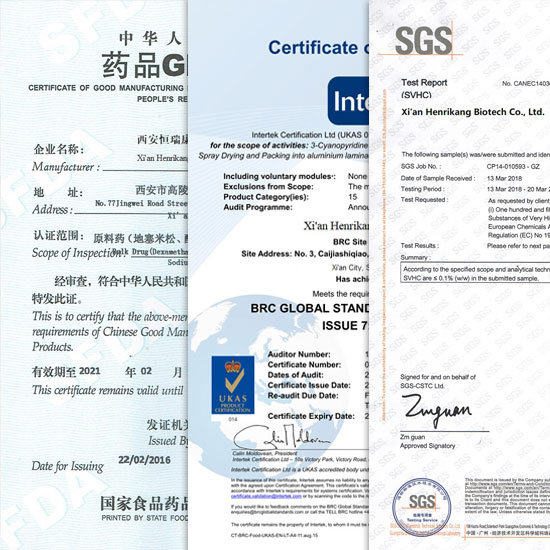



Related Attributes
Product details
| Product name | Food Grade calcium pantothenate powder 99% d-Pantothenic Acid Vitamin B5 VB5 Powder |
| Appearance | Powder |
| Specification | 500mg/Cap,600mg/Cap or as your request |
| Keywords | d-Pantothenic Acid,pantothenate |
| Storage | Keep in a cool, dry, dark location in a tightly sealed container or cylinder. |
| Shelf Life | 24 Months |
| >Click here to get more information |
Calcium D-pantothenate can be used as a nutritional supplement. Except for special nutritional foods, the amount used should be less than 1 per cent (in terms of calcium) (Japanese standard). When fortifying milk powder, it is 10mg/100g. 0.02% is added to shochu and whisky to enhance the flavour. Adding 0.02% to honey prevents crystallisation in winter. Buffers the bitter taste of caffeine and saccharin.Proveedor de D-Pantotenato de Calcio (Vitamina B5) en Polvo - Ausreson
Preparation of Calcium D-Pantothenate.Lieferant von Calcium-D-Pantothenat (Vitamin B5) Pulver - Ausreson
Calcium D-pantothenate can be formed by aldol condensation of isobutyraldehyde and formaldehyde in the presence of potassium carbonate, followed by cyanidation and lactonisation to dl-pantolactone, and then reaction with calcium aminopropionate.Fournisseur de D-Pantothénate de Calcium (Vitamine B5) en Poudre - Ausreson
Uses and functions of Calcium D-Pantothenate.Поставщик порошка D-пантотената кальция (витамин B5) - Ausreson
This product is a vitamin analogue and is a component of coenzyme A. Among the mixed spins of calcium pantothenate, only the dextrose has vitaminic activity and participates in the metabolism of proteins, fats and sugars in the body. It is used for vitamin B deficiency and peripheral neuritis, as well as for colic after surgery.
In combination with vitamin C, it is used to treat disseminated lupus erythematosus. Lack of calcium pantothenate in the human body has the following symptoms:
(1) Growth cessation, weight loss, and sudden death.
(2) Skin and hair disorders.
(3) Nervous system disorder.
(4) Disorders of digestive organs and liver dysfunction.
(5) Influence on antibody formation.
(6) Para-kidney disorders. The human body needs about 5mg of calcium pantothenate (as pantothenic acid) per day.
Calcium pantothenate is used in food processing as a nutritional supplement. The amount of calcium pantothenate used must be less than 1% (in terms of calcium), except for special nutritional foods (Japan).
When fortifying milk powder, it is 10mg/100g. 0.02% is added to shochu and whisky to enhance the flavour. Adding 0.02% to honey prevents crystallisation in winter. Buffers the bitter taste of caffeine and saccharin.
Nutritional supplement. Enhances the flavour of shochu and whisky and prevents crystallisation of honey in winter.
Calcium Pantothenate vs. Panthenol vs. Pantothenic Acid
| Properties | Pantothenic Acid (Vitamin B5) | Calcium Pantothenate | Panthenol (Provitamin B5) |
|---|---|---|---|
| Chemical Properties | Free acid form | Calcium salt of pantothenic acid | Alcohol analogues of pantothenic acid |
| Stability | Extremely unstable; sensitive to heat, light, and acids | Highly stable; low hygroscopicity | Stable |
| Form | Typically viscous oily liquid | White crystalline powder | Clear viscous liquid |
| Bioavailability/Activity | 100% active | Converted to pantothenic acid in vivo, 92% activity (due to calcium content) | Converted to pantothenic acid in vivo, nearly 100% activity |
| Primary Applications | Rarely used directly | 1. Dietary supplements (tablets, capsules) 2. Food fortification 3. Pharmaceuticals |
1. Skincare/cosmetics (preferred) 2. Liquid supplements 3. Hair care products |
| Core Functions & Advantages | Theoretically pure active form | Cost-effective, stable, suitable for solid formulations | Highly permeable, excellent moisturizing and repair effects, very gentle |
| Role in Skincare | Not applicable | Occasionally used, but less effective than panthenol | Powerful moisturization, skin barrier repair, anti-inflammatory, promotes wound healing |
Product Method of Bulk Calcium D-Pantothenate Powder.
Formaldehyde and anhydrous potassium carbonate were put into the reaction pot, isobutyraldehyde was added dropwise at 14-20 ℃, and the reaction was kept warm and stirred for 3h after addition; then it was left at 14-18 ℃ for 0.5h to obtain the upper layer of 2,2-dimethyl-3-hydroxypropanal as an oil.
Dissolve 2,2-dimethyl-3-hydroxypropionaldehyde in 4 times of water, sodium cyanide in 6 times of water, calcium chloride in 2 times of water, and sequentially add the above solutions to the reaction pot; add 50% sulfuric acid solution under stirring, and react for 6h at 60~65℃, and then raise the temperature to 80~85℃ and react for 3h; concentrate under reduced pressure until thick, and add 95% of ethanol to make the inorganic salts precipitated and filtered off; the filtrate After recovering ethanol by distillation under reduced pressure, 130~145℃(1.33~2.39kPa) fraction was collected, i.e. γ-butyrolactone.
Sequentially, β-aminopropionic acid, 5/6 of methanol and lime were added to the reactor, heated to 40 ℃ and stirred to react for 2h; the reaction solution was left to stand and then the upper layer of clear water was filtered, and the solid residue in the pot was washed with 1/6 of methanol and then pressed and filtered; the filtrate was placed in another reaction pot, and γ-butyrolactone was added and stirred to dissolve, and left to react for 40h to generate calcium pantothenate at room temperature.
Add water and stir to cool to O ~ -5 ℃, and add the crystal seed stirring crystallisation 24h, filtered to get calcium pantothenate. Put 2/3 of the amount of calcium racemic pantothenate and calcium levulinate into the reaction pot, add methanol and water heated to 40 ° C and stir to dissolve, and filtered while hot, filtrate cooled to 15 ° C, add a small amount of calcium levulinate crystal seed, breeding crystals for 2h; when the specific optical degree of +6 ° ~ +8 °, separated from the crystals, and a small amount of methanol washed to get the levulinate calcium pantothenate (still used in splitting); the remaining 1/3 of the calcium racemic pantothenate stirring and dissolved In the filtrate at 35 ~ 40 ℃, filtered and cooled to 15 ℃, add a small amount of dextropantothenic acid calcium crystals, breeding crystals for 2h; when the specific optical degree of -0.6 ° ~ -0.8. When the crystals are separated and washed with a small amount of methanol, vacuum drying to get dextropantothenic acid calcium.
FAQ.
Q: What is the difference between calcium pantothenate and panthenol?
A: Calcium pantothenate is the calcium salt form of vitamin B5, primarily used in solid and powdered foods and supplements as a directly usable vitamin source. Panthenol is the alcohol form of vitamin B5, which converts to pantothenic acid in the body. It is more stable and mainly used in skincare and haircare products, as well as some liquid supplements. For solid food fortification, calcium pantothenate powder is the standard and efficient choice.
Q: What is the recommended daily intake? How do I calculate the addition amount?
A: The recommended daily intake for adults in Europe and America is approximately 5 mg. When formulating, note:
Calcium pantothenate's activity is based on pantothenic acid.
1 mg pantothenic acid ≈ 1.087 mg calcium pantothenate.
Calculations must ensure the final product delivers the required milligrams of pantothenic acid, accounting for processing and shelf-life retention rates (typically high at 95%-100%).
Q: How should this ingredient be stored to prevent caking?
A: Although optimized, calcium pantothenate exhibits slight hygroscopicity. We strongly recommend:
Manufacturing and packaging in dry, low-humidity environments.
Use opened packages promptly and reseal immediately after use.
For long-term storage, use dehumidifiers to control ambient humidity.
Q: What are the Minimum Order Quantity (MOQ) and sample policy?
A: Our standard MOQ is 10 kilograms. We offer paid samples ranging from 500 grams to 1 kilogram for clients interested in collaboration, to support your formulation testing and production evaluation.
Our Strengths
Henrikang possesses the capability to manufacture any capsule formulation. From sourcing every ingredient in the formula to post-filling inspection, we handle the entire process at optimal pricing and with the fastest delivery times.
With extensive experience, we can assist you in developing new products for your target audience or discuss how to scale up production efficiently. As your partner, we are committed to achieving long-term success in capsule manufacturing.
As a leading OEM manufacturer of nutritional supplement ingredients and branded products in China, we hold certifications including ISO 22000, ISO 9001, HACCP, GMP, Halal, CE, CE-ROHS, Kosher, SGS, Intertek, Eurofins, and GMP. Our facility has passed FDA inspection and completed registration.
WHY CHOOES US?

OUR CERTIFICATE
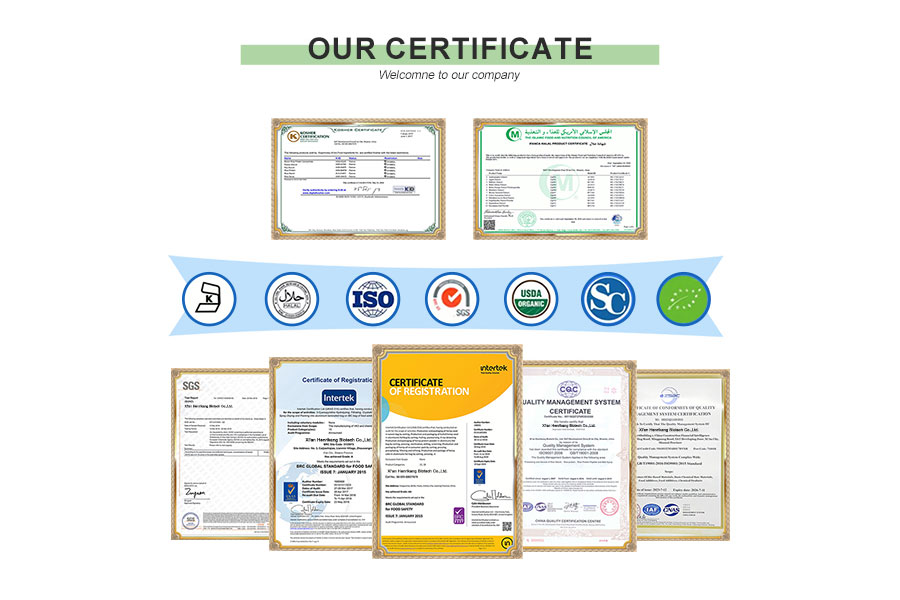
CUSTOM PROCESS
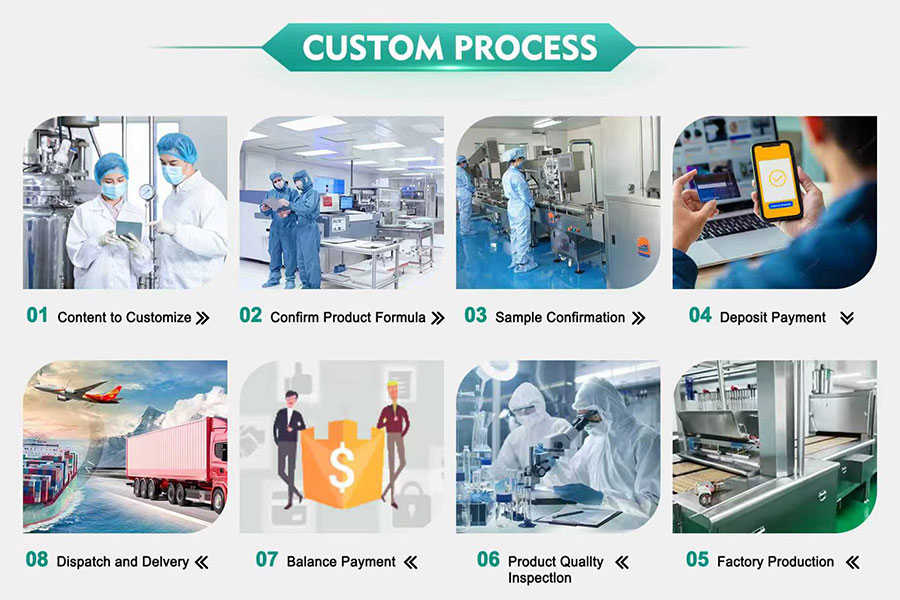
OUR PACKAGE
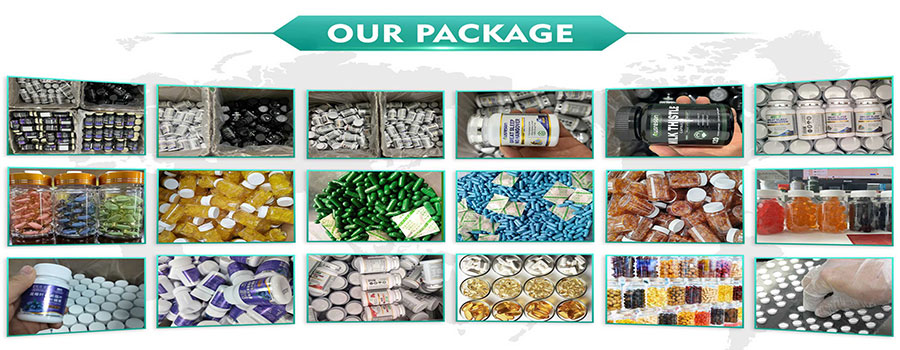
OUR EXHIBITION
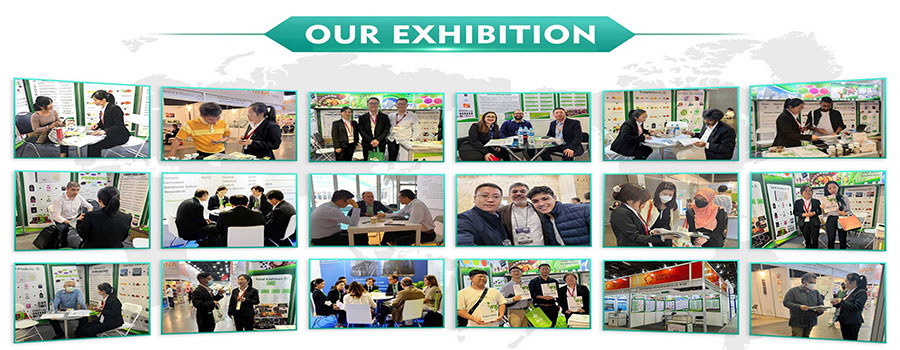
OUR FACTORY
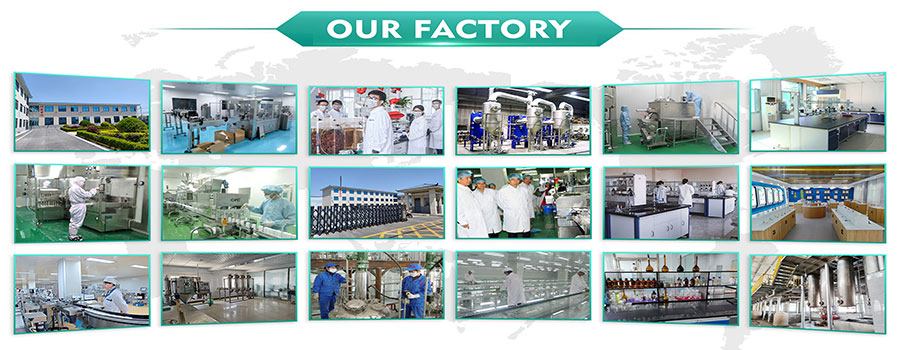
Shipping
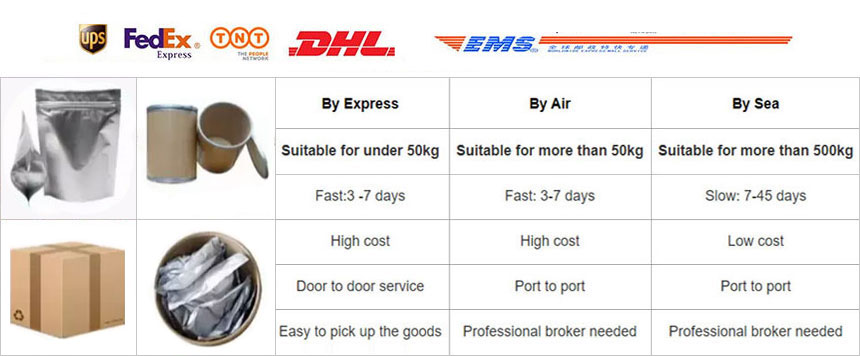
Pharmaceutical Intermediate manufacturers
©2022 Xi'an Henrikang Biotech Co., Ltd.,